As the world starts really waking up around us, so do the bugs and allergies, meaning its time for us to start introducing high-performance foods into our diet. Whether it’s because their antibacterial heft or their their vitamin content, many of these fruits, roots and vegetables are already known to be helpful to our body and health, but with the season change, it does pay to start ramping up how you use these superfoods. For your convenience, we’ve pulled together a list of some of our top picks so far, and how best to include them in your diet moving forward:
Pollen: The Pre-Emptive Strike
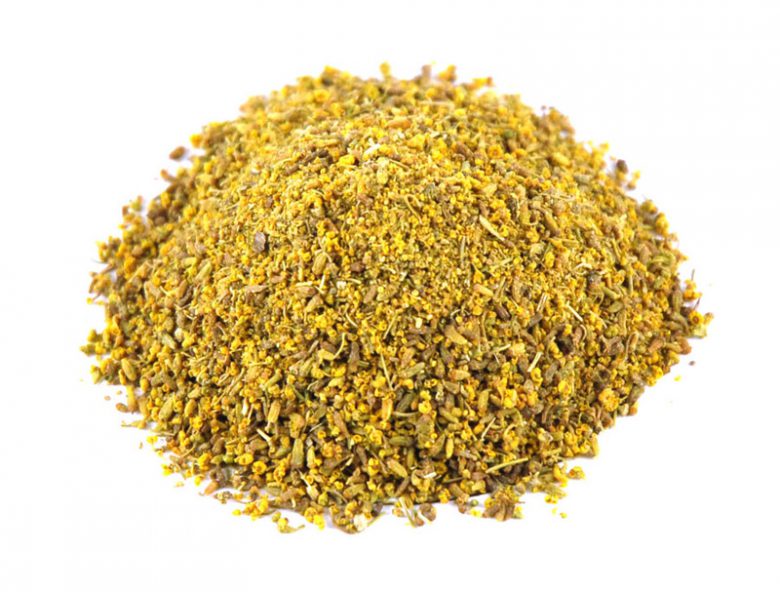
This must sound odd, but the yellow grains that bees go around collecting are actually chock-full of value to us as well. High in protein and higher in the allergens that usually set us sniffling, as long as you’re not allergic to pollen itself, it pays to start introducing the yellow, mealy stuff into your breakfast at least a month before the ragweed really takes to the air. Benefits include a reinforcement of healthy gut flora and a burst of energy that reminds one of chia seeds, while the prolonged benefits of pollen are still being investigated. Throw in a spoonful into your cereal or morning smoothie, and judge the effects for yourself.
Ginger: The Ultimate Anti-Bacterial Root
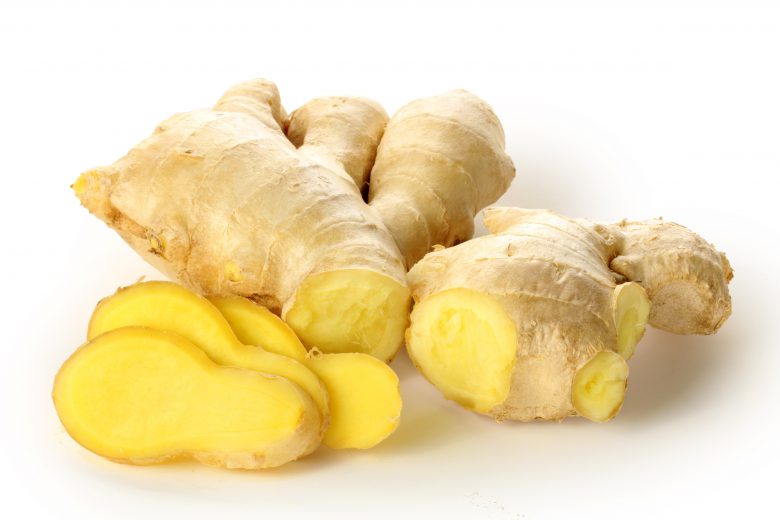
Forgive its pungent scent. Ginger helps with better digestion, healthy joint function and increased circulation as well. This root is masterclass in multi-tasking, and has been known to topically treat anything from inflammation to nausea—especially morning sickness!—and even aching muscles, making it a valuable add-on to the diets of both our youngest children and our oldest relatives. Throw in a chunk into smoothies or fold in some thinly-sliced strips into your next soup or stir-fry. It make make you sweat, but the research speaks for the root, and the latest news even indicates that ginger might help with lowering blood sugar levels.
Red Peppers: The Other Vitamin C
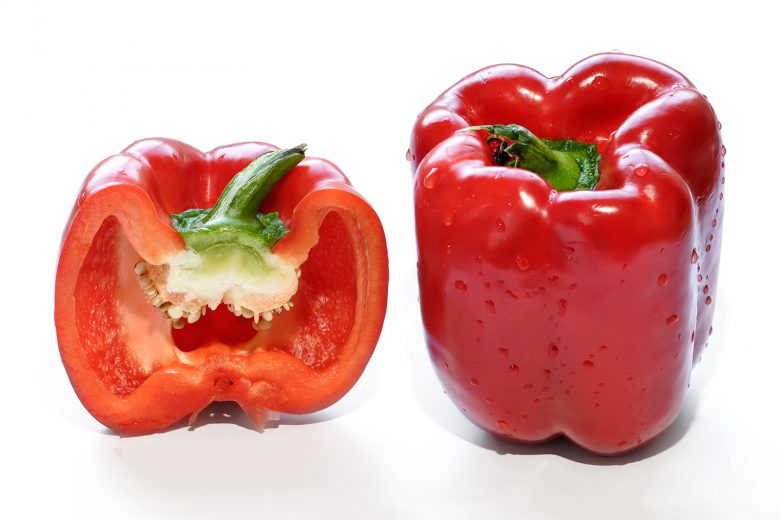
Most of us normally reach for the orange or lemon zest when we’re asked to up our vitamin C intake, but you should definitely try red peppers in the warmer months, especially since these vegetables are in season from May till September. Since red peppers are really just ripened versions of green peppers, either one is fine to use in your next baked dish or sliced-up as a chip-substitute the next time you buy any hummus. That being said, red bell peppers contain 11 times more beta-carotene than green bell peppers, and while the green ones give you a respectable 60 per cent of your daily vitamin C requirements, the red ones give you a whopping 240 per cent instead. That’s right: say goodbye to your one-a-day vitamin C gummy supplements, it’s veggie fajita night!
Cucumbers: When Water Isn’t Enough

When you perspire more, you should drink more, but life doesn’t always let you work that way. Cucumbers are a great way to de-bloat and stay hydrated, and we’re not talking about mojitos either. Most cucumbers are 90-95 per cent water, but that just means the other 5 per cent works overtime in helping your body adjust to the changes in weather. Heart-healthy vitamin B5 and magnesium help you keep blood pressure under control whole a cocktail of vitamin C, K, manganese, potassium and zinc keeps your internal processes in check, rumoured to help with both preventing cancer and amplifying bone health. The easiest vegetable to just snack on raw, cucumbers are also excellent with dip, or even when pickled, to give your sandwich and salad an extra crunch. Bye bye, patio-induced hangovers…
Turmeric: The Liver’s Best Friend
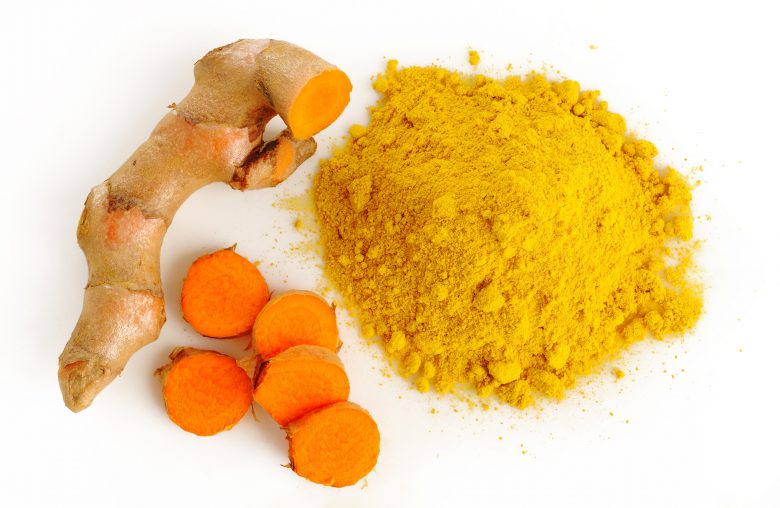
Turmeric is a detoxifying specialist, doing everything from scraping out mucus from intestinal walls to helping with joint pains and bloating. Powdered turmeric gets its distinctive yellow colour from curcumin, a photochemical that helps with reduced cholesterol and gastric problems as well. A dash of turmeric immediately will give both egg salads and run-of-the-mill vinagrettes that welcome extra zing, while the powder is also a strong complement to any dish that features lentils or coriander.
Artichokes: Unexpected Energy Source
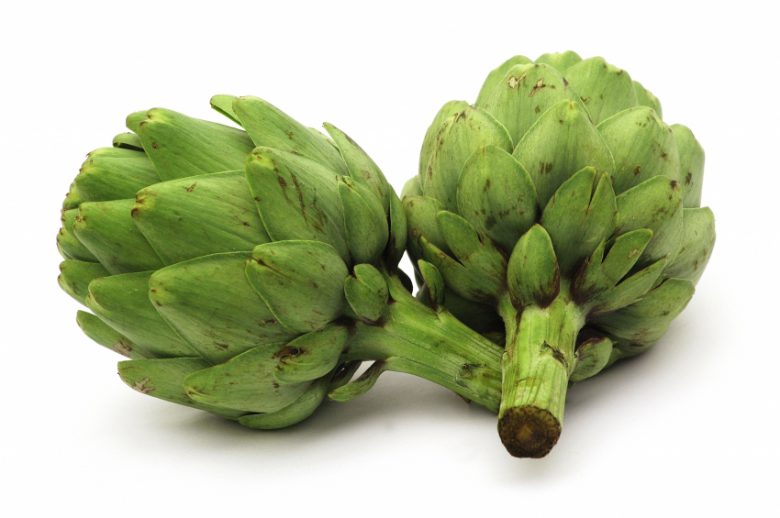
Artichokes are high in vitamin C and contain 10 grams of dietary fibre—that’s almost half of the recommended USDA daily recommendation—with about four grams of protein to spare. High in magnesium, which is essential for at least 300 biochemical processes in our body, artichokes are also rumoured to contain more antioxidants per serving, ranking even higher than spinach in some cases. Keeping in mind that magnesium is also vital in regulating blood pressure, it’s important to find new ways to integrate artichokes into your diet than the standard dairy-based dip. Roast them or grill them for the charr that we’ve come to love in our brussels sprouts and asparagus, or slip them into a lunchtime smoothie for some extra nutritional boosts.
Avocado: Nature’s Mayonnaise
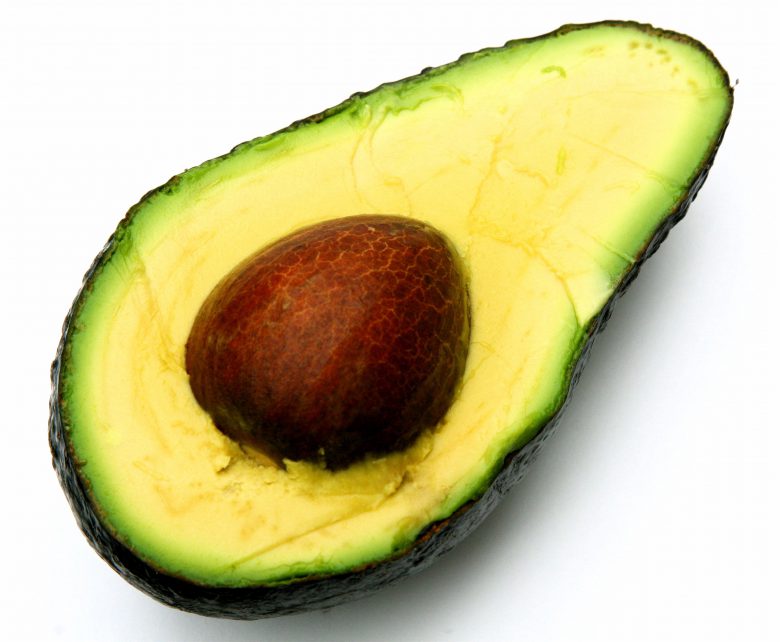
The avocado is perhaps the most unsurprising item on this list: containing more than 20 important minerals and vitamins, this fruit also contains a high amount of healthy monounsaturated fatty acids. Boasting high concentrations of antioxidants such as beta-carotene, lutein, and neochrome, avocados are heart-healthy and regulate blood sugar levels to boot, with newer studies even indicating that this buttery fruit could prevent cancers of the mouth, skin, and prostate gland. Excellent in vegan desserts and to give your smoothies some body, avocados are also a staple as both a salad ingredient toast-topping today: just add some kosher salt and pepper, and voila, any piece of toast becomes a filling, tasteful breakfast.
Watercress: The Understated Cancer-Fighter
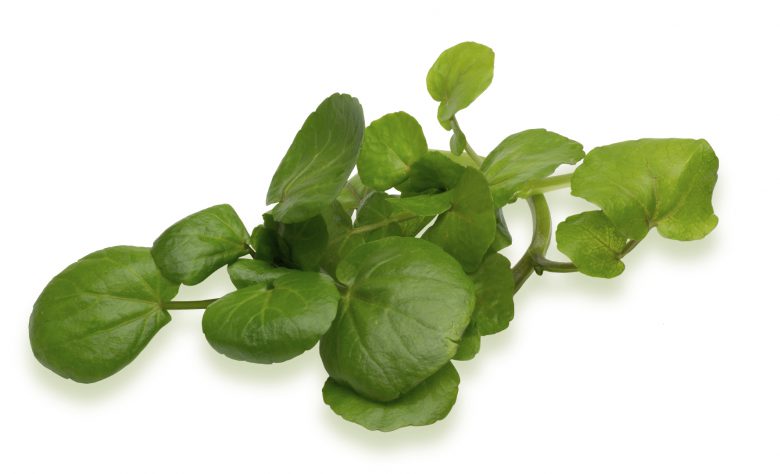
The ultimate seasonal vegetable, watercress natively grows in fresh spring water and is rapidly exiting the garnish category to become a standalone section of your next dinner or lunch. In the same food family as kale, broccoli and brussels sprouts, watercress naturally contains high amounts of dietary nitrate, which helps with controlling blood pressure and improved athletic performance. At only eight calories per two cup serving, watercress is a natural diuretic and it also helps energize cleansing enzymes in the liver. Best when added into soups and salads, a watercress pesto is also the ideal way to add some spring flavour into the next dish you want to bring to any pot-luck or poolside barbecue.
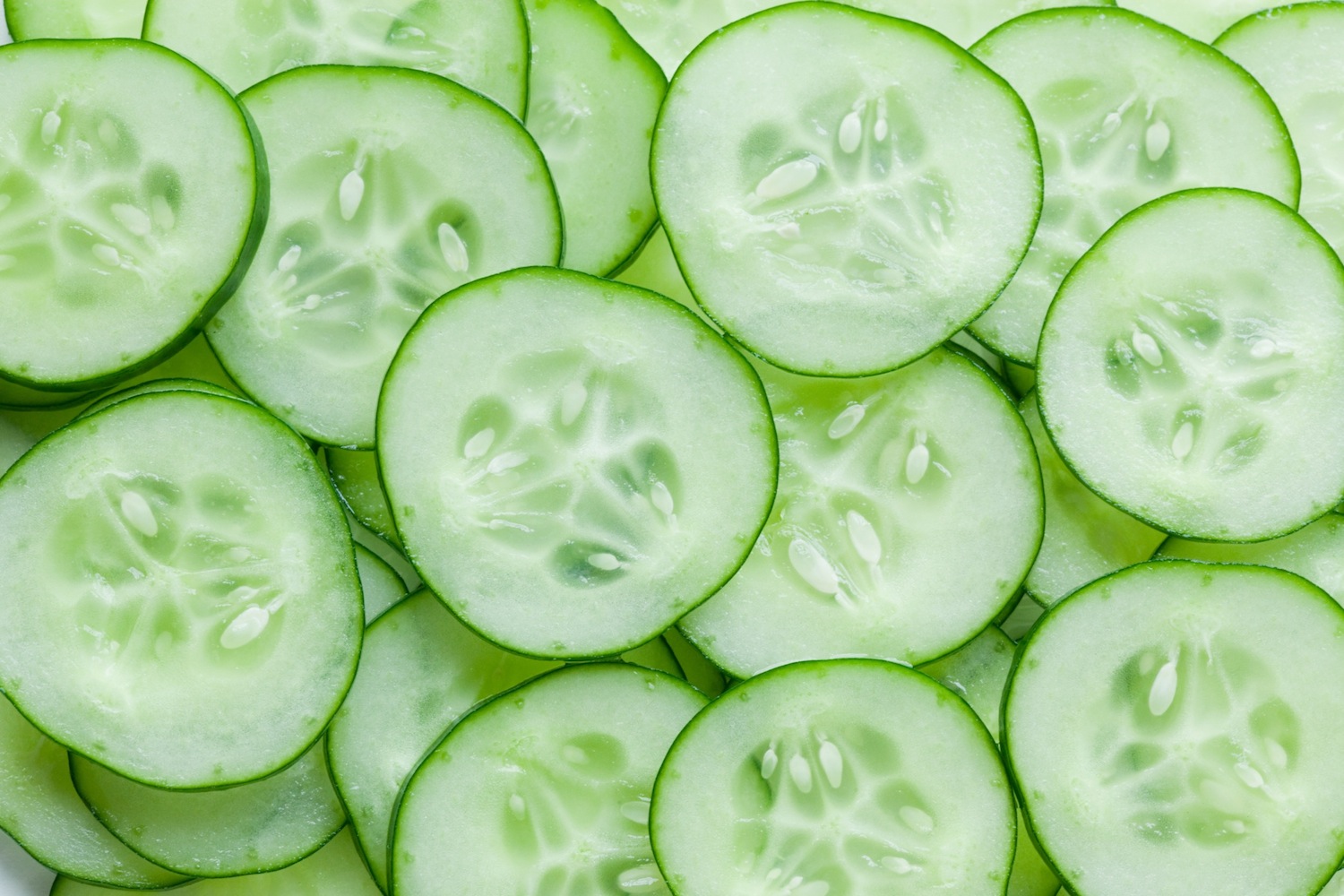
Leave a Reply